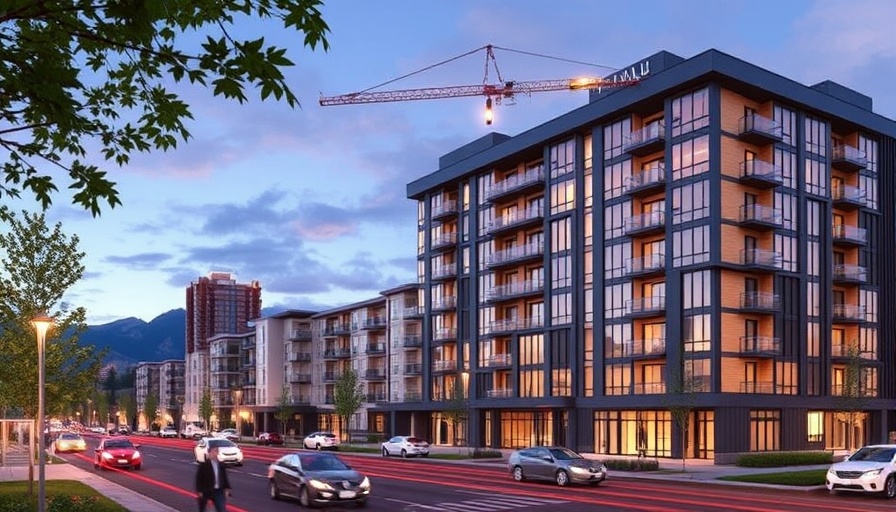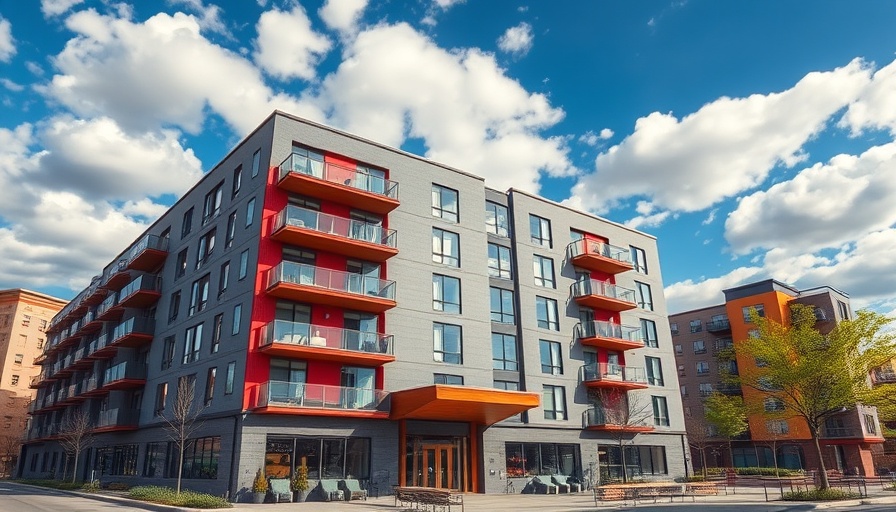
Kelowna's Construction Boom Amid Economic Uncertainty
Kelowna has seen an unprecedented surge in apartment and condo construction, proving resilient even as the broader economy shows signs of slowing. Thanks in part to the federal Government's Housing Accelerator Fund, the city is capitalizing on the need for more housing to meet an ever-growing demand. This influx of construction isn't just a statistic; it's a transformative change for homeowners and renters alike.
The Impact of Government Funding on Housing Supply
The Housing Accelerator Fund, aimed at communities grappling with housing shortages, has provided Kelowna with much-needed funds and incentives for developers. This economic initiative is accelerating the construction of 6-storey apartment buildings, which have become a popular choice among developers due to their efficiency and the accompanying financial benefits. Karen Christiansen, a spokesperson for the Chartered Professional Accountants of British Columbia, highlights that approximately 90% of new builds in 2024 have been categorized as 'attached units', significantly boosting the housing supply in the region.
The Numbers Behind the Boom
In 2024, construction kicked off on a remarkable 3,790 housing units, marking a robust increase of 27.6% compared to the previous year. Of these, nearly 3,500 units were attached housing, illustrating a clear shift towards multi-family options that respond to the high demand in the rental market. With over 2,000 new rental units expected to be completed within a year, Kelowna's apartment market is set for a significant expansion.
Rental Market Dynamics: A Step Towards Affordability
The surge in new construction is contributing to a decrease in rental prices, with the median rent for a one-bedroom apartment dropping to $1,850, down from its peak of $2,010 last year. While Kelowna still struggles with affordability, this downward movement is a welcome relief for renters. The increased supply leads to more competition, allowing potential tenants to secure better living conditions, which can open up lower-end inventory for others in need.
Looking Ahead: The Future of Housing Development
The Housing Accelerator Fund has been assigned to run until 2027-28, fostering a friendly environment for development as Kelowna continues to expand. However, there is apprehension about whether this pace will maintain as the market becomes saturated with new apartments. Developers may reassess their project launches, impacting future housing availability. Interestingly, while major project values in the Thompson-Okanagan region held steady at $17.8 billion in 2024, the construction trend indicates that we might see shifts in the strategic focus of builders in response to market saturation.
Community Resilience and Market Adaptation
Local homeowners and prospective renters are encouraged to view these developments as a mixed blessing. For homeowners, increasing apartment developments could mean a short-term affectation on property values. Still, the long-term benefits of more housing could bolster the overall community's growth and resilience against economic downturns. Renters, on the other hand, are finding their options expanding, which presents opportunities for better living arrangements.
Conclusion: Navigating the New Housing Landscape
The ongoing construction boom in Kelowna represents a significant adaptation to market needs amid economic uncertainty. As the city plans its future, both homeowners and renters must remain informed and engaged, understanding the implications of this changing housing landscape. Keeping an eye on future developments and market adjustments will be critical for successfully navigating these transitions.
 Add Row
Add Row  Add
Add 




Write A Comment